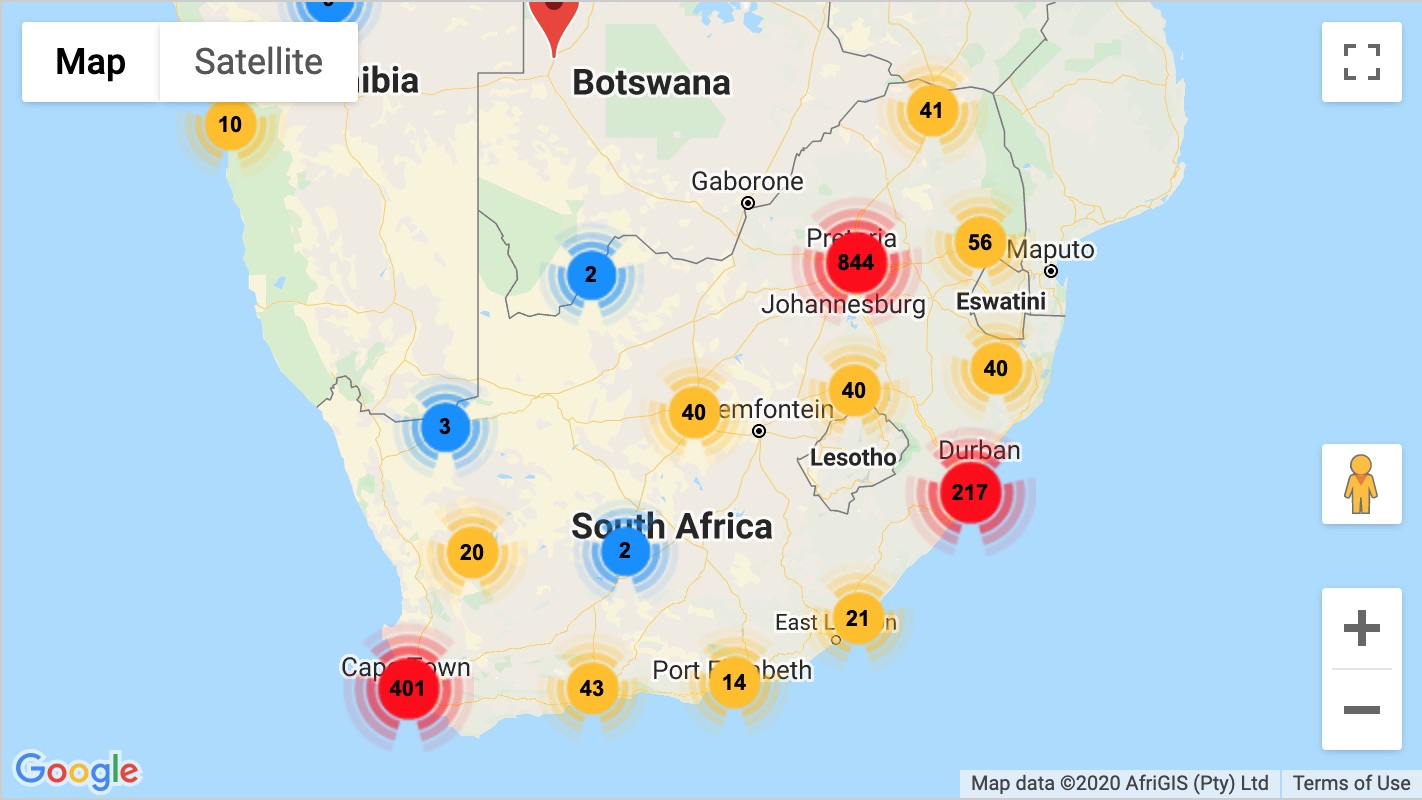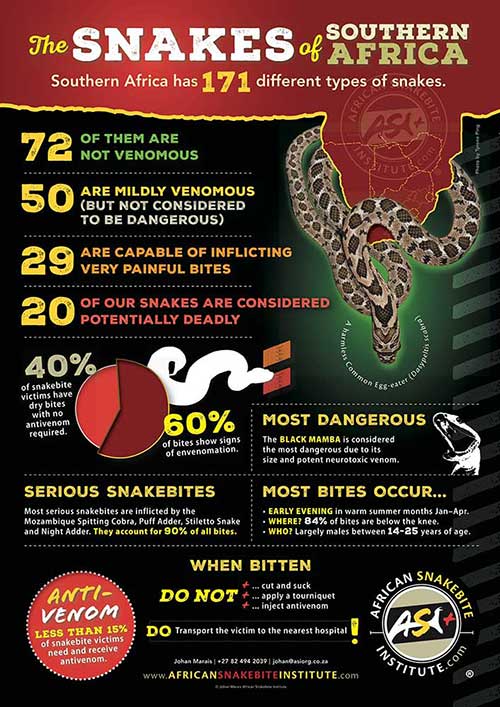PLEASE NOTE. Our offices will be closed from the 12th of December 2025 – until the 5th of January 2026. Last date for orders will be the 8th of December 2025. Any orders placed after the 8th of December 2025, will only be dispatched after the 5th of January 2026.
So you’ve purchased your first set of snake handling equipment, in the hopes of safely removing unwanted slithering visitors from your home and garden. The broom, bucket and braai tongs have been put back to their intended use.
But do you know how to use the equipment you’ve purchased?
Here’s some tips on keeping you safe and the snake unharmed.
You’ve been alerted to a snake, either by your dogs, domestic worker, the cat brought one in or you stumbled upon it, now what?
The first thing you need to do is remove all pets from the immediate area. You can lock dogs up in or out the house depending on where the snake is. It is also advisable to keep anyone with a gun away; nothing is as nerve-wrecking as a trigger-happy farmer breathing down your neck with his barrel pointing over your shoulder. It’s just not safe! You need to try and keep an eye on the snake whilst doing this or have someone watch it for you, as they tend to disappear very quickly. You can also throw a towel or blanket over the snake, as this gives them something to hide under.
One important thing to check before approaching the snake is whether it’s a “spitter” – this refers to one of the Spitting Cobras or Rinkhals which are able to project venom as a defence mechanism. Have a look to see if any of these species occur in your region (see the ASI Snakes App – local species), if it is a spitting snake you’ll need some form of eye protection, like goggles or a pair of wrap-around sunglasses.
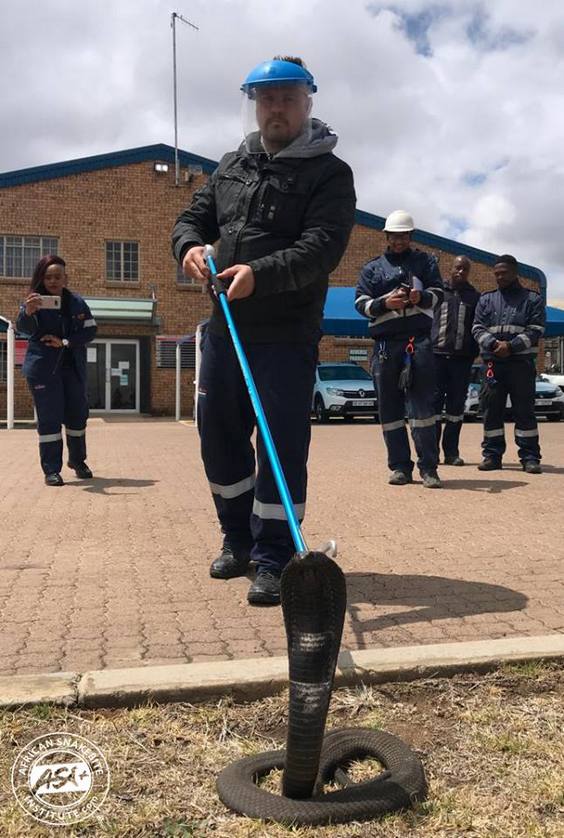
Now that you have the situation under control, you need to approach the snake with your tongs and container ready. If you have someone assisting you, you need to communicate your plans so that there is no confusion. People helping with the lid of a bucket or container need to be especially careful as we’ve seen some close calls with snakes flying out of buckets.
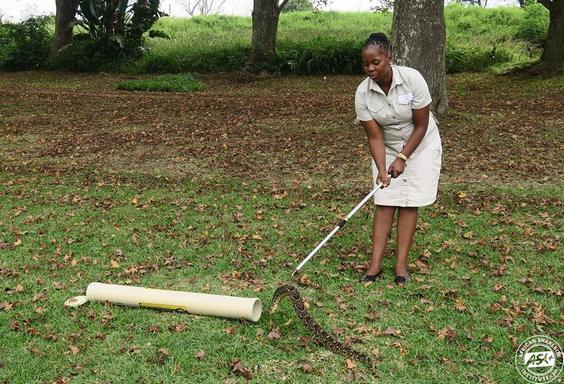
What equipment to use for what snake?
For the novice handler, a pair of tongs is perfectly fine and safe if used correctly. Many people like to use a hook stick for Puff Adders as the large body can be tricky to pick up with tongs. For most other species, tongs are fine and if you are gentle, tongs are okay for Puff Adders too. It’s a good idea to use your non-dominant hand to help lift the tongs, with your dominant hand gently squeezing the trigger. Practice with your tongs, the more comfortable you are with picking things up, the easier a removal will be. If you are squeezing too hard, the snake will writhe and bite itself and the tongs. If you don’t squeeze hard enough, the snake will slide through the tongs. Test how hard you are squeezing by placing one finger in the grip and squeeze the trigger with the other hand to feel how much pressure you should apply.
Puff Adders can strike the distance of their body. So, if you have an 80 cm Puff Adder, you need to make sure you stay at least 80 cm away from that snake. Generally, tongs and hooks allow the person to be about 1.5 meters away from the snake unless you have the longer 1.5 m or 1.8 m ASI versions. Cobras and Mambas can’t strike as far as the Puff Adder (in comparison to their body length, their reach extends to only about a third), although they will move a lot faster.
Where to grab?
Now that you are approaching the snake, you need to gently reach in with the tongs and grip the animal mid-body. If you grab it by the neck or on the first third of the body, the snake will panic and writhe and often try to reverse out of the tongs. By grabbing it mid-body, you can gently lift the snake and place it in the container. The slower you act and move, the calmer the animal will be. When grabbing a snake, you want to grab the snake in the front of the tong grip. If you grab the snake in the back of the grip, you will apply too much pressure and harm the snake. If the snake starts climbing up the tongs towards you, you can gently shake it off but if it keeps coming towards you, you can gently drop the tongs to the ground and wait for the snake to move off the tongs before trying again. Remember that the distance from where you grabbed the snake to its head is how far it can reach and strike. So, if you have a Snouted Cobra 50 cm from its head with your one-meter tongs, it can only come 50 cm up the tongs unless you release your grip. We advise and teach people a hands-off approach when catching snakes. Grabbing tails and necking snakes (grabbing them behind the head) drastically increases your chances of getting bitten. You can easily do a removal with the tongs and no physical contact. This will pretty much guarantee your safety.
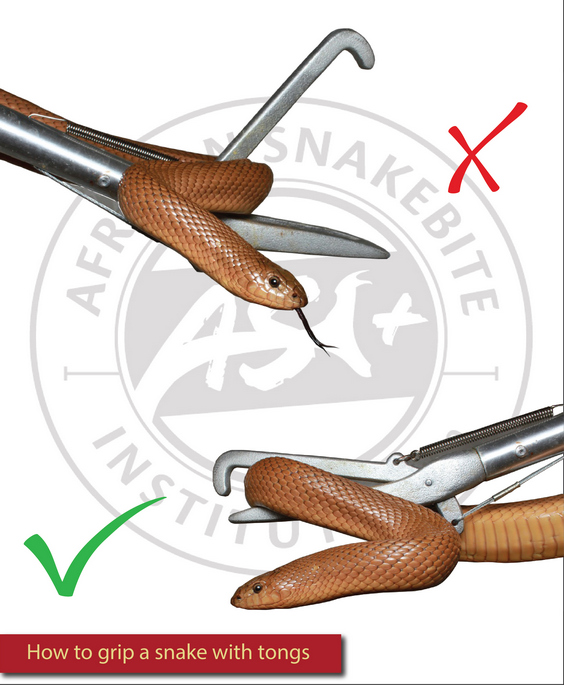
Containers
For containers, we like to use buckets or tubes and we teach the use of both of these containers on our courses. A clear container that is visibly marked with a warning sticker is best, as you can see where the snake’s head is when releasing and no one will open the bucket by accident. Buckets are better than rectangular containers, as a snake in a rectangular container finds the corners easily, and goes straight up the corner and out. Snakes in a bucket tend to just go around in circles at the bottom. Additionally, it is often beneficial to add some crumpled newspaper into the bucket to give the snake something to hide under.
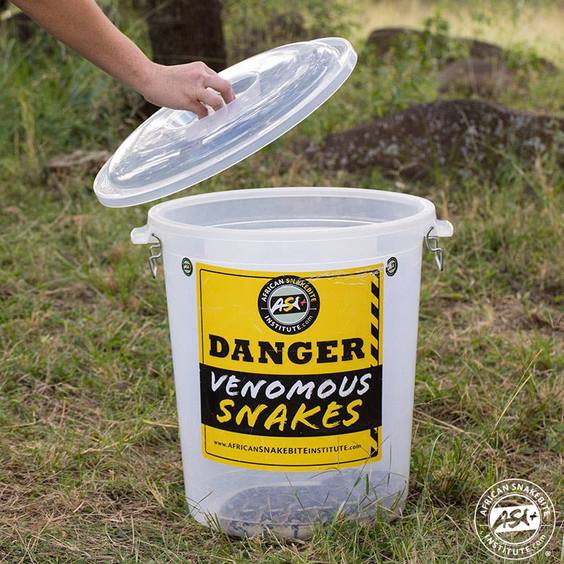
Tubes are also great and many snakes, such as the Rinkhals, will shoot into an open tube as they think it’s an escape hole. The tubes are easy to use, safe and easy to store and transport. Make sure to watch the snake at all times whilst containing it and don’t get distracted. Remember that most snakes can strike at least half their body length, even upwards, so watch your fingers around the openings of buckets and tubes. We advise against the use of material bags for novice handlers as snakes bite through bags and many experienced handlers have been bitten by bagged snakes.
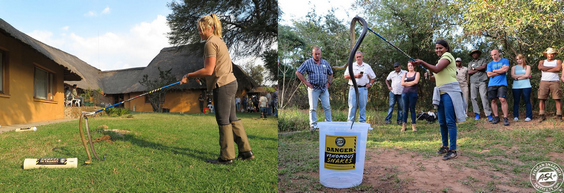
Release
Now that you have a contained snake, you need to release it. Generally, you should release snakes within 5 km of where they are caught. This is far enough to prevent the snake from coming back but doesn’t displace the snake too badly and gives them the best chance of survival. Try find a nice open piece of land away from human dwellings, construction sites and major roads and release the snake there. Many nature reserves are happy to let you release snakes in the reserve. You should release the snake as soon as possible after capture to reduce stress on the animal and to prevent accidents from happening. Never leave a snake in a hot car whilst you stop at the shops or visit a friend – 5 minutes in a hot car and the snake will be dead from the heat. Get it to the release spot and let it go as soon as possible. Simply open the container and push it over with your tongs, whilst keeping an eye on the snake and it should sail off into the vegetation.
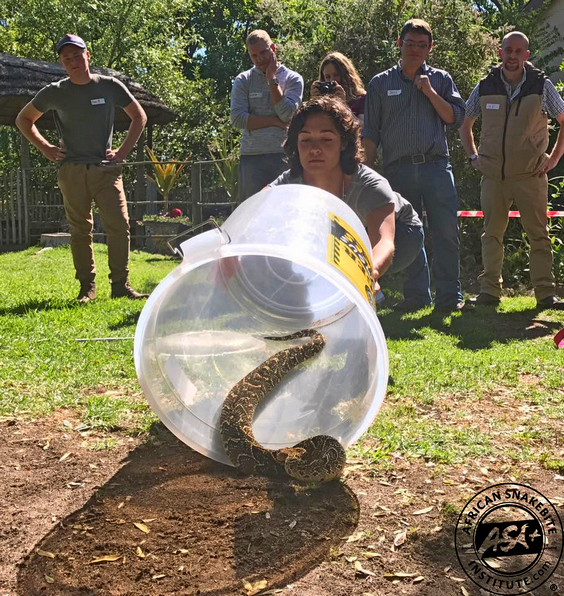
Removing the occasional snake from your property is perfectly fine. However, if you are going to do it more frequently or help other people with removals, it is advisable to organise your Removal Permit through your provincial Nature Conservation. ASI assists course delegates with this process.
One last thing to remember is that your safety comes first, then the snakes’. It is often useful to have someone to assist you by holding a torch or lifting an item the snake has taken refuge under. If you’re not comfortable to do the removal, we have a list of competent snake removers all over the country who can assist. Don’t do anything silly because you are in a rush or panicking. Take your time. A snake bite will ruin your day or week and a serious bite will cost around a hundred thousand Rand in medical bills, so stay safe.
We offer snake handling courses to both corporate clients and members of the public who require training on how to safely remove and relocate venomous snakes. We also sell the full range of professional snake handling equipment discussed in this newsletter.
We present courses at various venues around the country. More information can be found on the website or our free ASI Snakes app.
Search
Shopping Cart
CONTACT US:
Product enquiries:
Caylen White
+27 60 957 2713
info@asiorg.co.za
Public Courses and Corporate training:
Michelle Pretorius
+27 64 704 7229
courses@asiorg.co.za
Featured Products
-
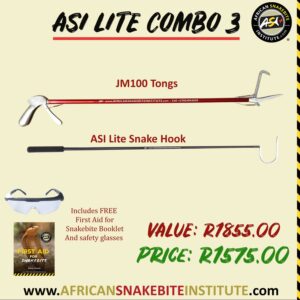 ASI Lite Combo 3
R1,575.00
ASI Lite Combo 3
R1,575.00
-
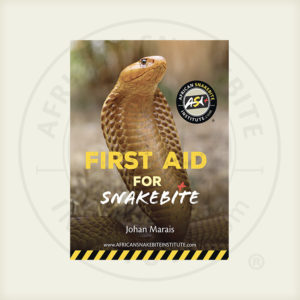 ASI First Aid for Snakebite Booklet
R40.00
ASI First Aid for Snakebite Booklet
R40.00
-
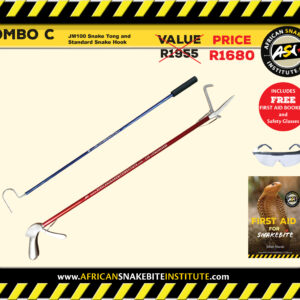 ASI Combo C
R1,680.00
ASI Combo C
R1,680.00
